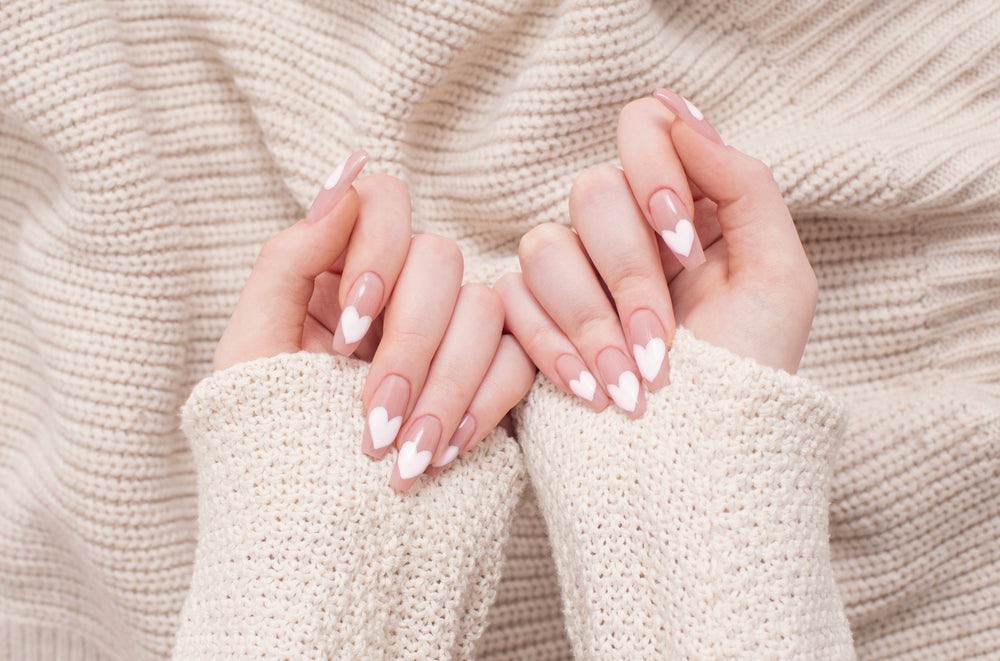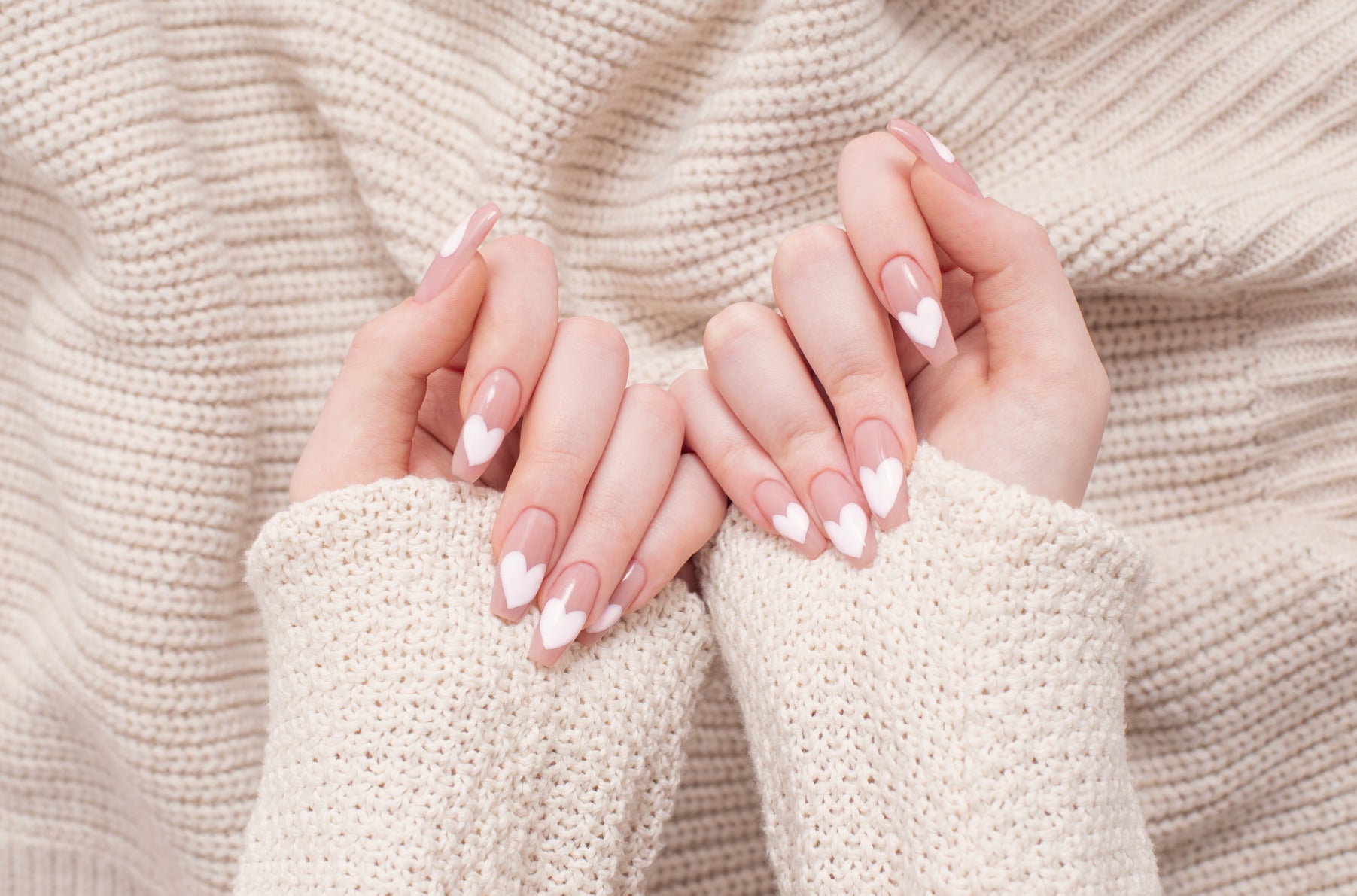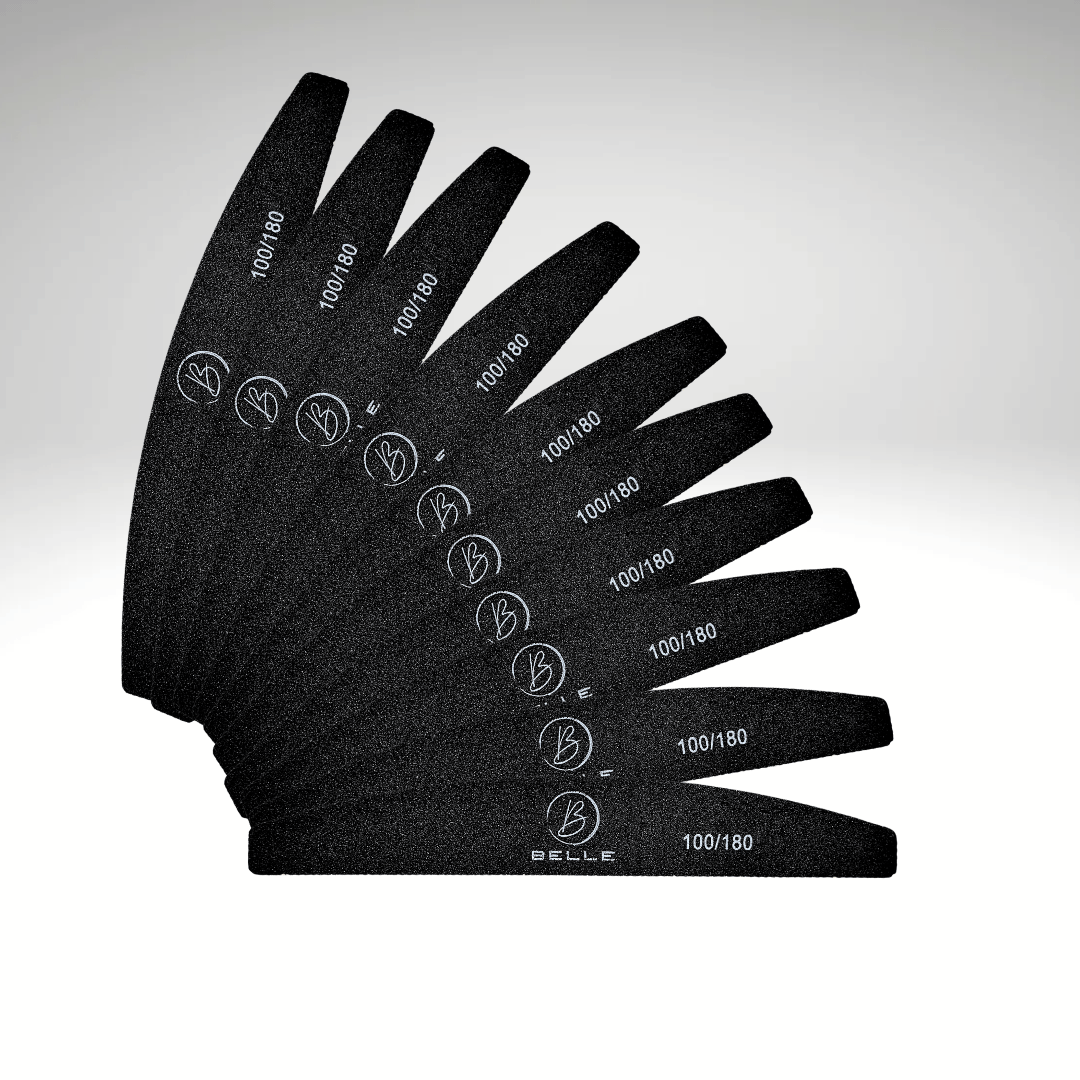Is it worth doing your own nails at home?
Looking after your nails at home can seem daunting. The process entails more than just a quick trim and polish.
However, with the right knowledge and tools, DIY nail care can become a rewarding experience. It can even transform into a creative outlet or a relaxing self-care routine.
This article aims to guide you through the complexities of at-home nail care. We'll delve into the benefits, the essential tools, and the skills you need to master.
We'll also cover natural nail care tips and creative design ideas for beginners. Plus, we'll weigh the advantages and disadvantages of doing your own nails at home.
Whether you're an aspiring nail technician or just looking to advance your personal nail care routine, this guide is for you.
So, is it worth doing your own nails at home? Let's find out.
The Advantages of DIY Nail Care
Looking after your nails at home can offer numerous benefits. One of the most appealing aspects is cost savings. Regular visits to the salon can quickly mount up. Opting for DIY nail care helps you save money whilst maintaining beautiful nails.
Convenience is another significant benefit. At-home nail care allows you to schedule your routine whenever it's most suitable. You won't need to abide by salon hours or wait for appointments. This flexibility makes it easier for you to keep up regular nail care without disrupting your day.
Customisation is also a crucial advantage of DIY nail care. You can personalise every aspect of your routine to suit your preferences and style. From choosing specific colours to trying out unique nail art designs, the possibilities are endless.
Here's a quick overview of the benefits of DIY nail care:
- Cost savings: Reduce expenditures by missing out on salon visits.
- Convenience: Conduct nail care on your own timetable.
- Customisation: Tailor your routine to your tastes and necessities.
These benefits make doing your own nails at home not only practical but also enjoyable. Embracing DIY nail care can lead to a fulfilling and creative experience.
Essential Tools for At-Home Nail Care
Embarking on a DIY nail care journey requires having the right tools. These essentials can make all the difference in achieving salon-quality results at home. Investing in good-quality tools will ensure durability and superior performance.
To get started, you'll need a few basic tools. These tools form the foundation of any effective nail care routine. With these on hand, you can manage your nails with confidence.
Here's a list of essential tools for at-home nail care:
- Nail scissors: For accurate and effortless trimming.
- Nail file: To shape and smooth rough edges.
- Cuticle pusher: For gently pushing back cuticles.
- Cuticle nipper: To trim surplus cuticle skin with precision.
- Nail buffer: For a smooth, glossy nail surface.
- Base coat: Protects nails and enhances polish adhesion.
Each of these tools plays a vital role in maintaining healthy nails. As you become more comfortable, you can gradually expand your toolkit. This will enable you to delve into more intricate nail designs and techniques.
Understanding Nail Anatomy for Proper Care
Before launching into DIY nail care, it's crucial to understand nail anatomy. Familiarising yourself with the parts of the nail can help prevent damage and enhance care.
The nail consists of several elements: the nail plate, nail bed, cuticle, and matrix. Each component plays a unique role in nail health and growth.
Healthy nail care involves giving due consideration to each part. For instance, the matrix influences nail growth, while the cuticle guards against infections. Meticulous maintenance can promote robust, healthy nails and prevent common issues like breakage and flaking. This foundational knowledge is vital for anyone wishing to master DIY nail care.
Step-by-Step Guide to a Basic Nail Care Routine
A well-established nail care routine is essential for maintaining healthy, beautiful nails. Start with cleaning as the foundation of good nail care.
Clean your nails by soaking them in warm soapy water. This helps to loosen dirt and soften cuticles. Use a soft brush to gently scrub each nail, removing any remaining debris.
Next, proceed to trimming. Use sharp nail clippers to cut your nails straight across. This helps to prevent ingrown nails and keeps them manageable.
Shaping is the next stage. Choose a nail shape that suits your style, like square or oval. Use a nail file to smooth and shape the edges, filing in one direction to prevent splitting.
Cuticle care follows shaping. After soaking your nails, gently push back the cuticles with a cuticle pusher. Be careful not to cut live tissue as it's crucial for nail protection.
Use a cuticle nipper to remove any excess cuticle skin carefully. Always sanitise tools before use to prevent infections. Proper care of the cuticles can enhance the appearance and health of nails.
Moisturising is crucial after cuticle care. Apply a rich hand cream or a few drops of cuticle oil to keep the nails and surrounding skin hydrated. This step is vital for preventing dryness and brittleness.
Regularly moisturising helps maintain nail flexibility and strength. It also keeps hands looking youthful and well-groomed.
Repeat this nail care routine regularly. Consistent maintenance leads to healthier nails. This guide provides a straightforward approach to caring for your nails at home, ensuring they remain in excellent condition.
Techniques for Filing and Care of the Cuticles
Filing your nails correctly is essential for maintaining their strength and preventing breakage. Always file in one direction, starting at the edge and moving toward the centre. This method helps to minimise splitting and maintains the integrity of the nail edge.
Choose the correct type of file for your nails. Avoid using coarse metal files, which can be overly abrasive and weaken your nails over time.
When filing, hold the file at a slight angle to follow the natural curve of your nail. Altering your grip and angle can enhance the shape and prevent unintended flattening or distortion. Patience is key; take your time to achieve a smooth and even finish.
For cuticle care, soften cuticles by soaking your hands in warm water for a few minutes. This step prepares them for safe and easy grooming, reducing the risk of injury. Use a cuticle pusher to gently push back the cuticles, promoting healthy nail growth and appearance.
Avoid cutting live cuticles, as this can lead to infections and slow nail growth. Instead, focus on trimming only the excess, dead skin with a sanitised cuticle nipper. Regular maintenance of cuticles not only improves the look of your nails but also supports overall nail health.
Incorporate cuticle oil into your routine to nourish the skin around your nails. Applying a few drops daily can maintain moisture levels, enhance flexibility, and prevent cracking. Consistent care and attention to detail in filing and cuticle maintenance result in long-term benefits for your nails.
The Importance of Base and Top Coats
A base coat plays a crucial role in protecting your natural nails. It acts as a barrier, preventing nail varnish from staining the nail surface. Additionally, it enhances the adhesion of the varnish, promoting a longer-lasting manicure.
Applying a top coat is equally important in your nail care routine. It seals the nail varnish, providing a protective shield against chipping and fading. The glossy finish of a top coat also enhances the vibrancy of your chosen colour.
Incorporating base and top coats into your DIY nail care routine ensures durability and sheen. They are essential for achieving a professional-looking manicure at home, extending the life of your nail varnish while also safeguarding your nails.
Natural Nail Care Tips and Home Remedies
Natural nail care is about maintaining the strength and health of your nails. Many effective remedies are readily available at home. Simple ingredients can significantly enhance nail quality without harsh chemicals.
Olive oil is a popular choice for nourishing nails. Its moisturising properties help prevent dryness, keeping nails strong and flexible. To use, warm the oil slightly and massage it into your nails and cuticles for a few minutes.
Coconut oil is another excellent option for nail care. It's rich in fatty acids that hydrate and protect the nails. Applying coconut oil to your nails can reduce brittleness and support healthy growth.
Biotin, a B-vitamin, is essential for keratin production, contributing to nail strength. Consuming biotin-rich foods like eggs and nuts can improve nail health over time. Alternatively, biotin supplements are available for those needing an additional boost.
Other effective home remedies include:
- Lemon Juice: Natural bleaching agent for nail discolouration.
- Tea Tree Oil: Helps combat fungal infections.
- Flaxseed Oil: Omega-3 fatty acids aid in overall nail health.
Incorporating these natural remedies can enhance your nail care routine. They offer a chemical-free approach, promoting not only beauty but also enduring nail strength.
Creative DIY Nail Design Ideas for Beginners
Starting with simple nail designs can be both fun and rewarding. Beginners should try using dotting tools to create polka dots on their nails. This design is easy to achieve and allows for endless colour combinations.
Striping tape is another beginner-friendly tool. It can help create clean, straight lines for a stylish look. Try layering different colours for a vibrant contrast.
For those feeling adventurous, use stamps for intricate designs. Many stamping kits come with patterns that can transform a manicure. Experimenting with these tools builds skills and encourages creativity.
The Pros and Cons of DIY Nail Care
DIY nail care presents several appealing advantages for those willing to invest the time. One significant benefit is cost savings. Regular salon visits can quickly add up, while at-home care can be more economical.
Convenience is another compelling reason. You can perform nail care at any time that suits your timetable. There's no need to book appointments or travel, saving time and hassle.
Customisation offers yet another benefit. You have complete control over the products and designs used. This allows for a personalised nail care routine that matches your style and needs.
However, it's also important to consider the potential drawbacks. DIY nail care requires an initial investment in tools and materials. These costs can be higher upfront compared to a single salon visit.
Additionally, there's a learning curve to mastering techniques. Mistakes can happen, leading to frustration or less-than-perfect results. Despite these challenges, with patience, DIY nail care can be a rewarding endeavour.
Conclusion: Making the Decision for DIY Nail Care
Deciding to embrace DIY nail care depends on your priorities. Consider your budget, time commitment, and enthusiasm for learning.
If you're ready for a personalised experience and wish to enhance your skills, DIY nail care could be a valuable pursuit.









